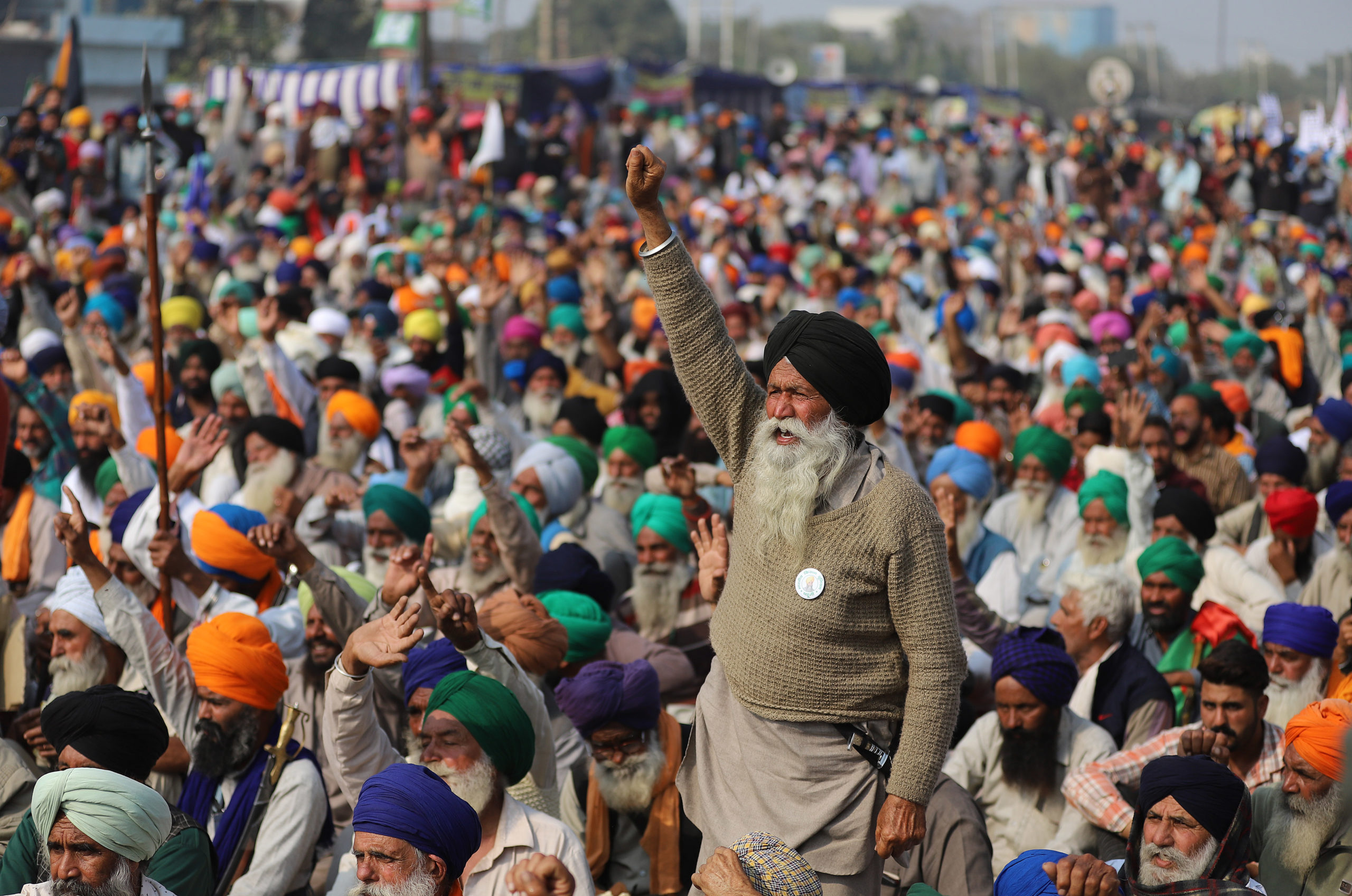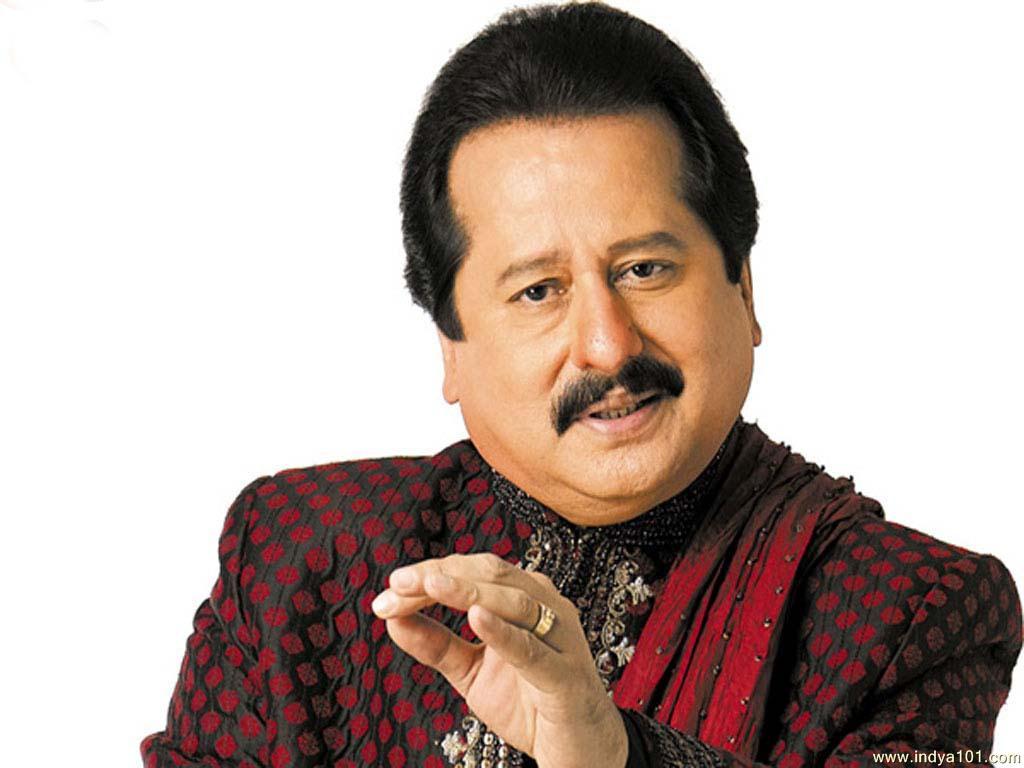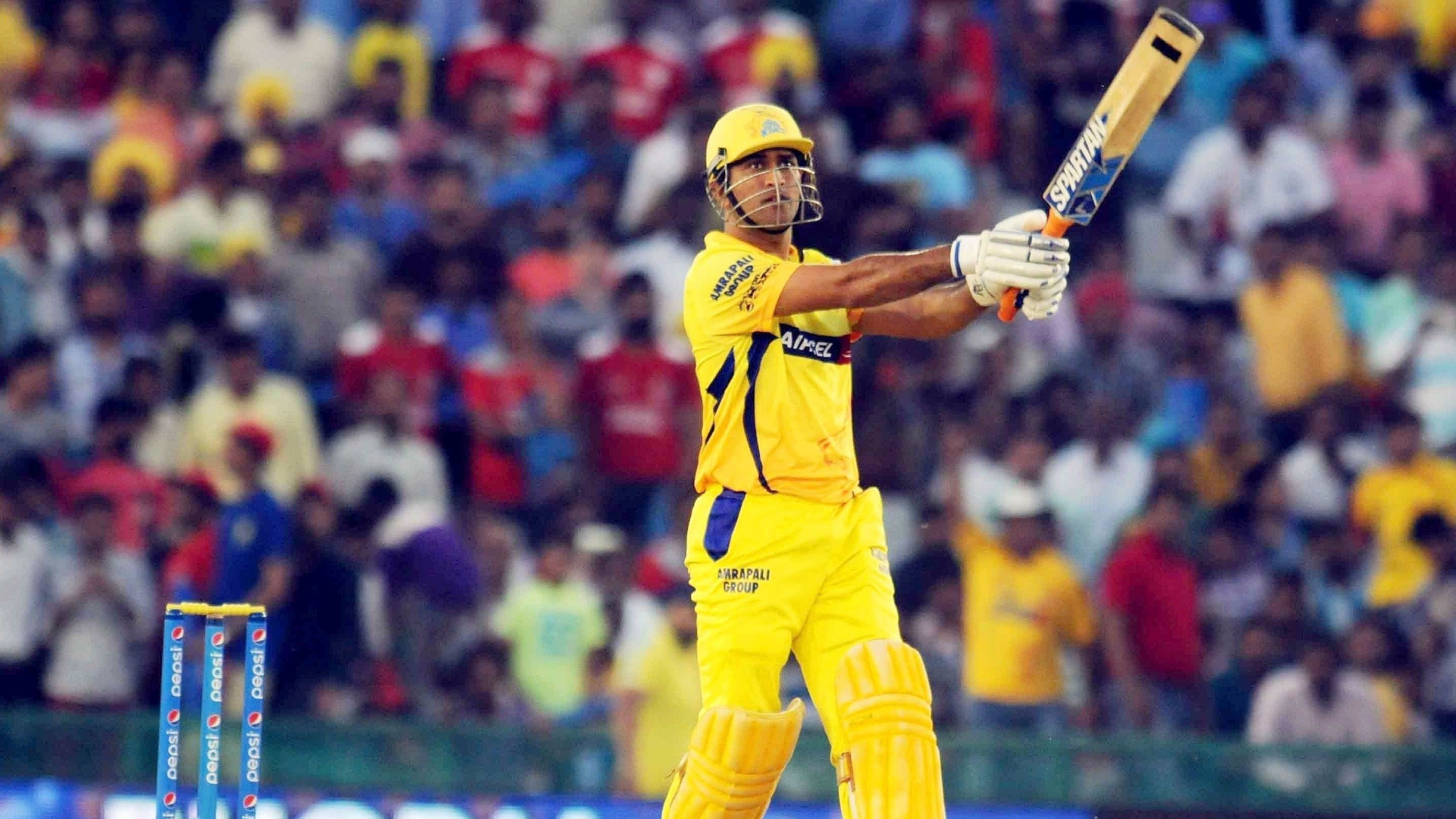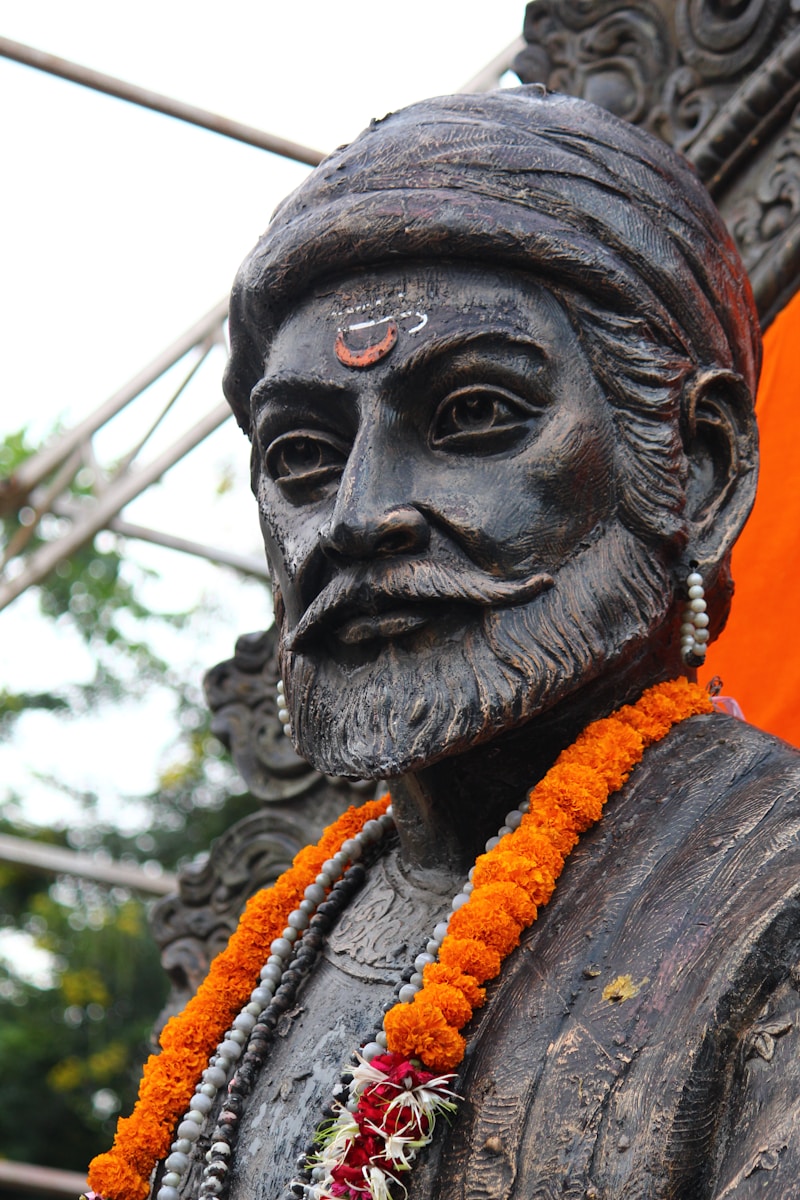
Introduction
In the heart of India’s agrarian landscape, a clash of demands has intensified, leading to a standoff between the government and protesting farmers. As the ‘Delhi Chalo’ march enters its third day, the corridors of power resonate with discussions and debates. In this article, we unravel the intricacies of the ongoing farmers’ protest, capturing the essence of the third round of talks between farmer leaders and Union Ministers.
Background: Seeds of Discord
The genesis of this protest lies in the discontent over key demands that have remained unmet. Protesting farmers, undeterred by the failures of previous talks, launched the ‘Delhi Chalo’ march on February 13. The failure to find common ground propelled thousands of farmers to intensify their agitation, echoing their dissent from the fields to the heart of the nation’s capital.
The Players at the Table
Union Ministers Arjun Munda, Piyush Goyal, and Nityanand Rai are set to engage in a crucial dialogue with representatives of the protesting farmer unions. This marks the third round of discussions, following previous inconclusive meetings. The involvement of senior ministers, including Rajnath Singh and Arjun Munda, signifies the gravity of the issues at hand.
Behind Closed Doors: Ministerial Deliberations
Senior Union Ministers engaged in discussions on Wednesday to address the multifaceted challenges posed by the ongoing protests. Defence Minister Rajnath Singh, drawing on his past role as the agriculture minister, conferred with Arjun Munda, the current overseer of the Agriculture Ministry. While the details of the meeting are yet to be disclosed, it signals a concerted effort to understand and address the concerns raised by the protesting farmers.
Unfolding Dynamics: On the Ground
Amidst the political deliberations, the protesting farmers continue their resolute ‘Delhi Chalo’ march. Harmeet Singh Kadian of Bharatiya Kisan Union (Kadian) and Samyukta Kisan Morcha (SKM) Punjab Chapter called for a nationwide strike on February 16, amplifying the pressure on the government to heed their demands.
Challenges Faced: Clashes and Confrontations
The path to Delhi is marred by clashes and confrontations. Security forces at the Shambhu border resorted to tear gas to disperse farmers attempting to breach barricades. The intensity of the protests was further highlighted as some farmers responded by throwing stones, while others attempted to down a police drone using kites. The tensions, a visual manifestation of the simmering discontent, underscore the gravity of the situation.
Fortified Borders: A Symbolic Standoff
Haryana Police fortified the Data Singhwala-Khanauri border, strategically deploying barricades to impede the progress of farmers on their tractor-trolleys. Despite clashes and reported injuries on the first day of the ‘Delhi Chalo’ march, the farmers remain undeterred in their pursuit.
City on Alert: Delhi Gears Up
Delhi, the epicenter of the political storm, braces itself for the impending march. The Delhi Police issued warnings of heavy traffic on the DND Flyway due to security checks, advising commuters to seek alternative routes. Key points around Delhi, such as Ghazipur, Singhu, and Tikri, witness the erection of barricades, concrete blocks, iron nails, and container walls—a visual representation of the determined effort to halt the farmers’ advance.
Demands Amplified: A Cry for Justice
The protesting farmers’ demands resonate beyond the immediate agricultural landscape. They seek a legal guarantee for Minimum Support Price (MSP), implementation of the Swaminathan Commission’s recommendations, pensions for farmers and farm laborers, farm debt waiver, and justice for the victims of the Lakhimpur Kheri violence. These demands encapsulate the broader narrative of agricultural reform and social justice.
Conclusion: A Nation in Dialogue
As the third round of talks unfolds, it remains to be seen whether the dialogue will bear fruit or perpetuate the impasse. The ‘Delhi Chalo’ march, symbolic of the farmers’ resilience, carries the weight of a nation’s agricultural narrative. The complexities of this struggle echo not only in the corridors of power but also in the fields where the very essence of livelihood is sown.
5 Unique FAQs:
- Why are farmers protesting in Delhi?
- The farmers are protesting in Delhi to press for their demands, including a legal guarantee for Minimum Support Price (MSP) and the implementation of the Swaminathan Commission’s recommendations.
- What led to the ‘Delhi Chalo’ march?
- Previous discussions between the government and farmers failed to yield results, prompting the farmers to launch the ‘Delhi Chalo’ march on February 13.
- Who are the key players in the ongoing talks?
- Union Ministers Arjun Munda, Piyush Goyal, and Nityanand Rai are engaging in talks with representatives of the protesting farmer unions.
- What nationwide actions are planned by the farmers?
- Protesting farmers announced a nationwide strike on February 16, with additional protests planned at toll plazas across Punjab on February 15.
- What are the primary demands of the protesting farmers?
- The farmers are demanding a legal guarantee for Minimum Support Price (MSP), the implementation of the Swaminathan Commission’s recommendations, pensions, farm debt waiver, and justice for the victims of the Lakhimpur Kheri violence.







